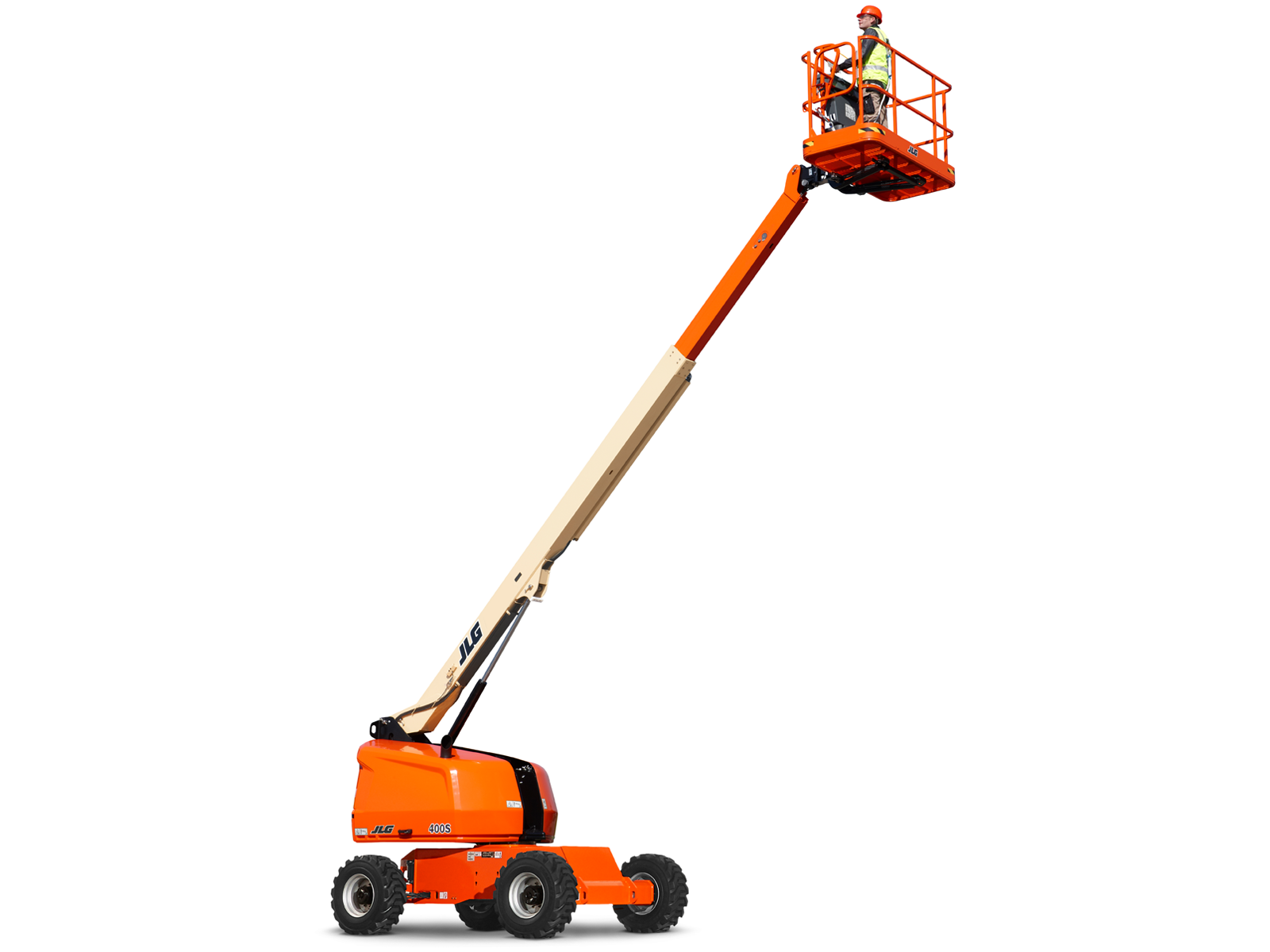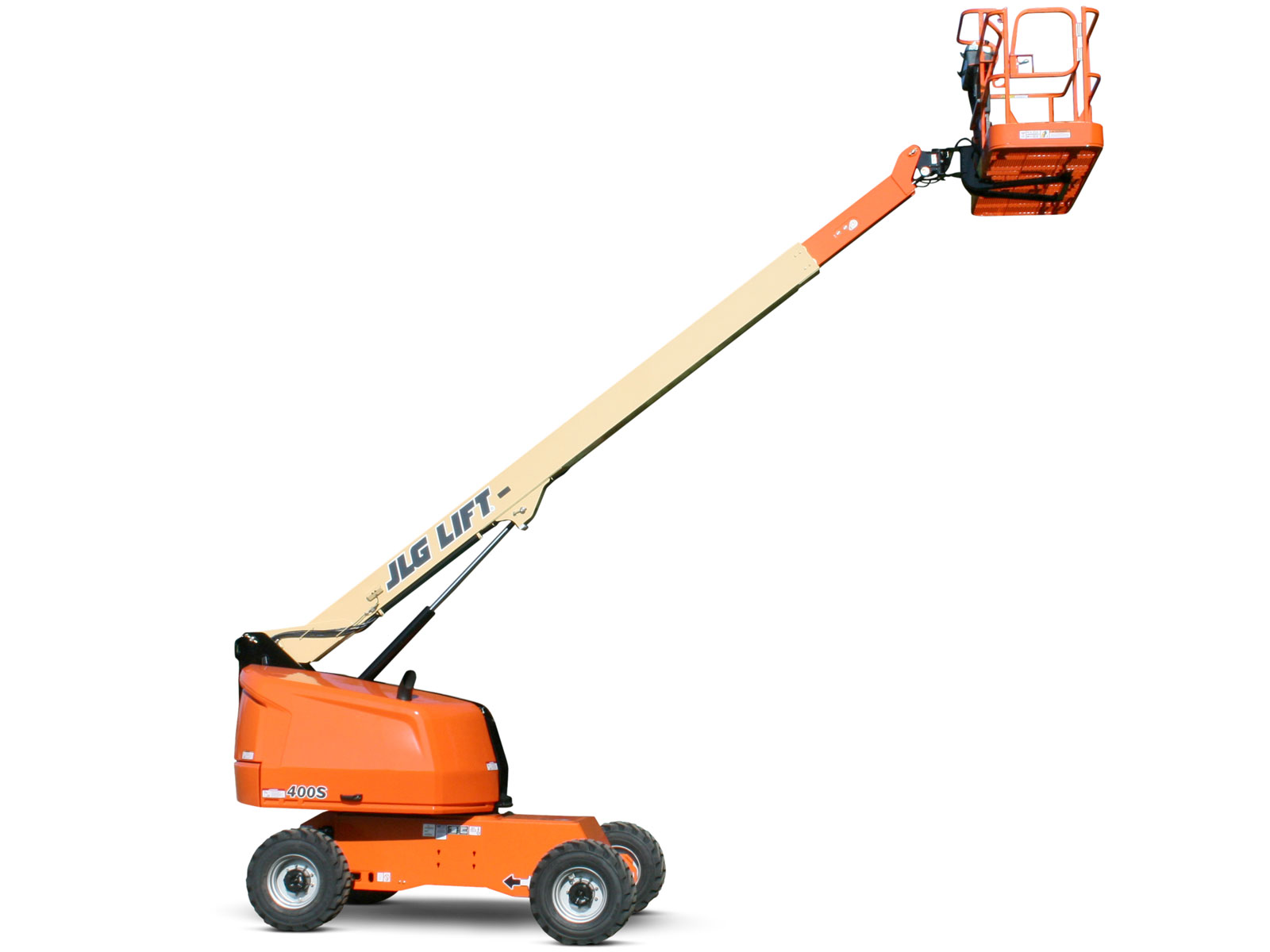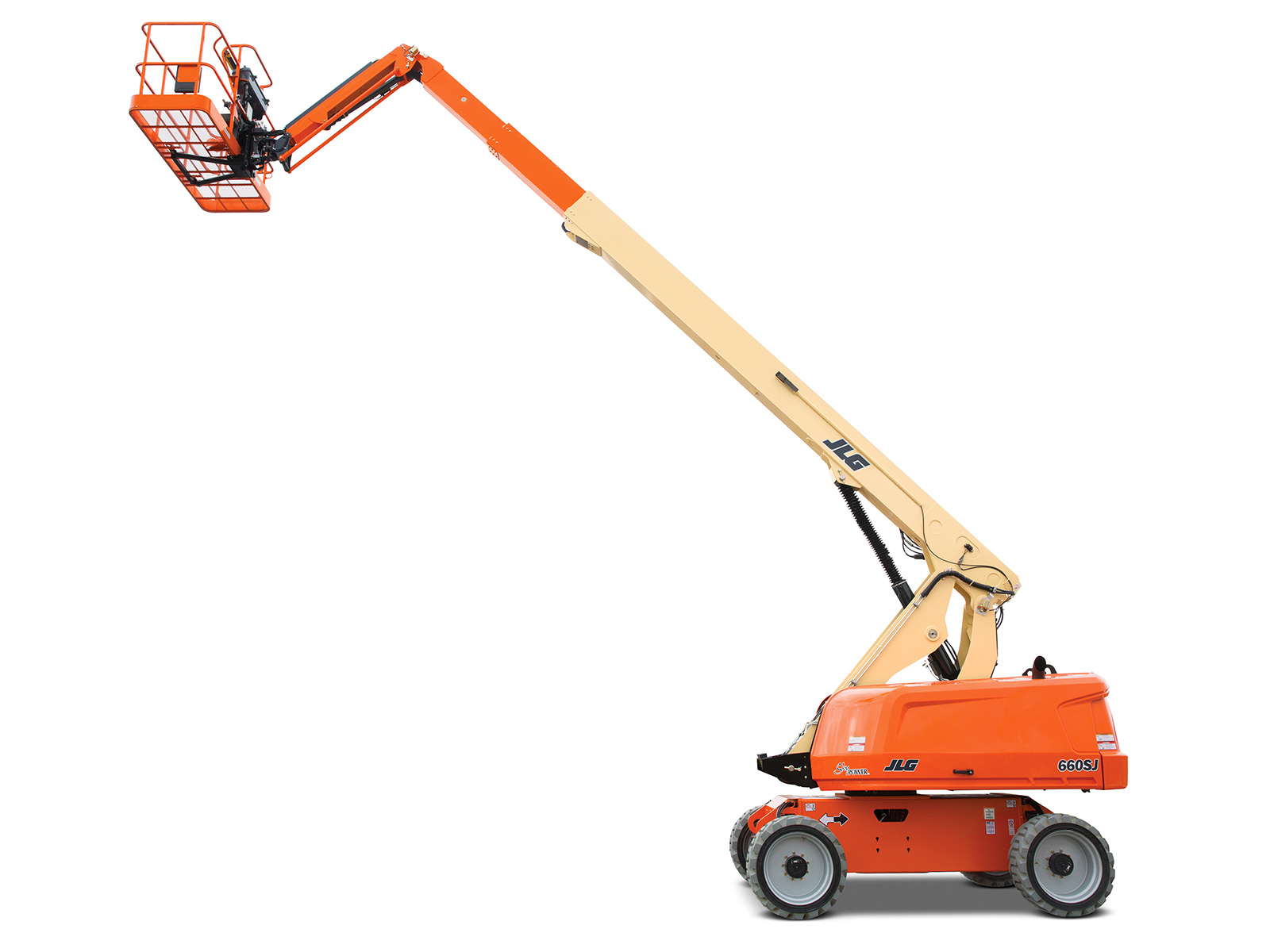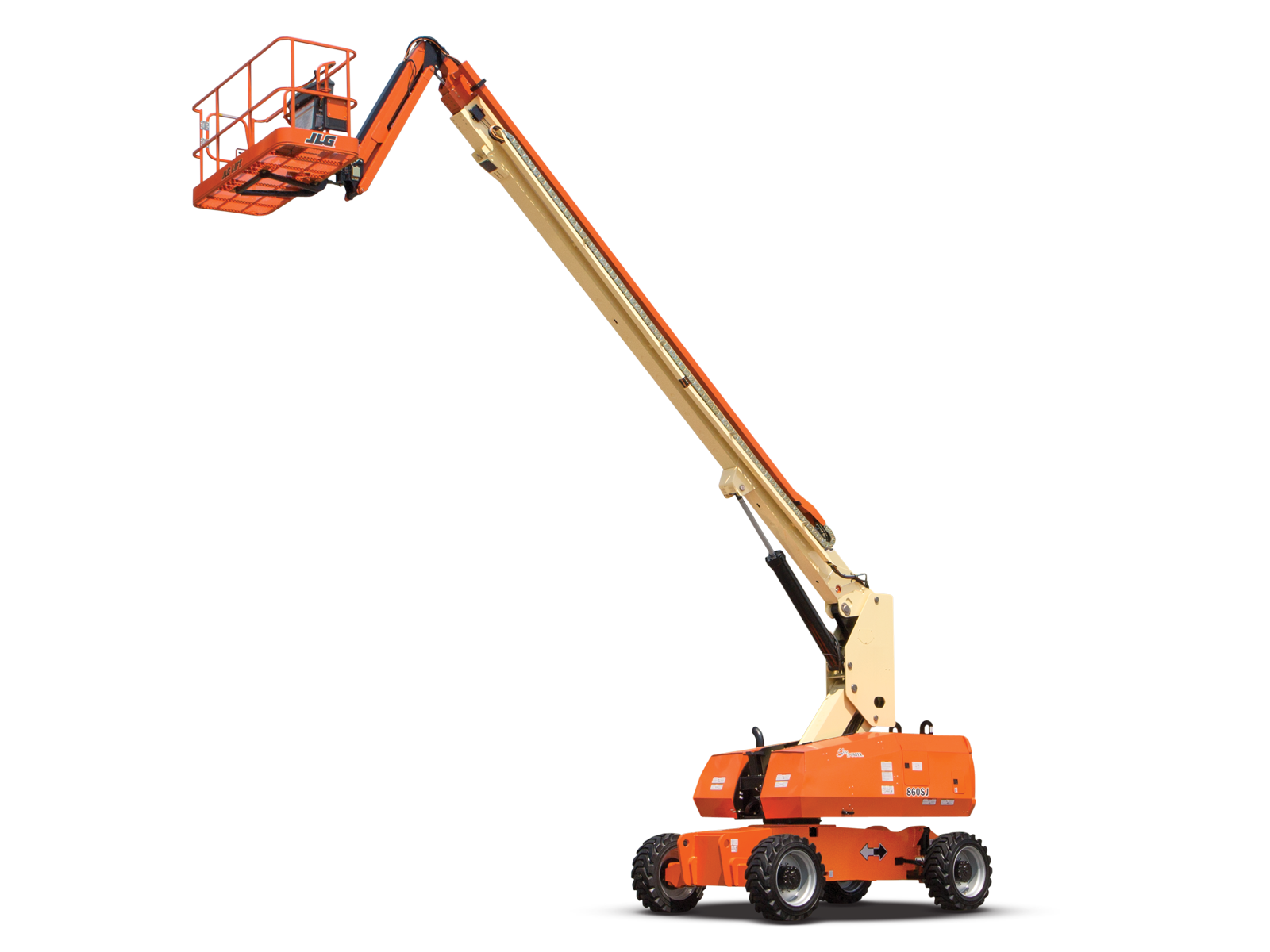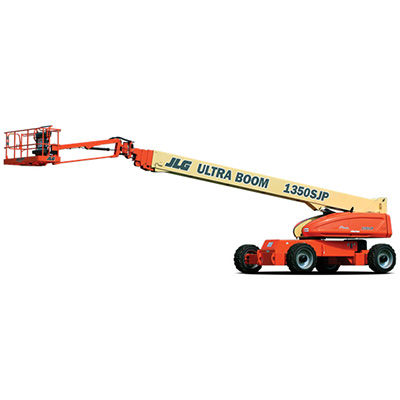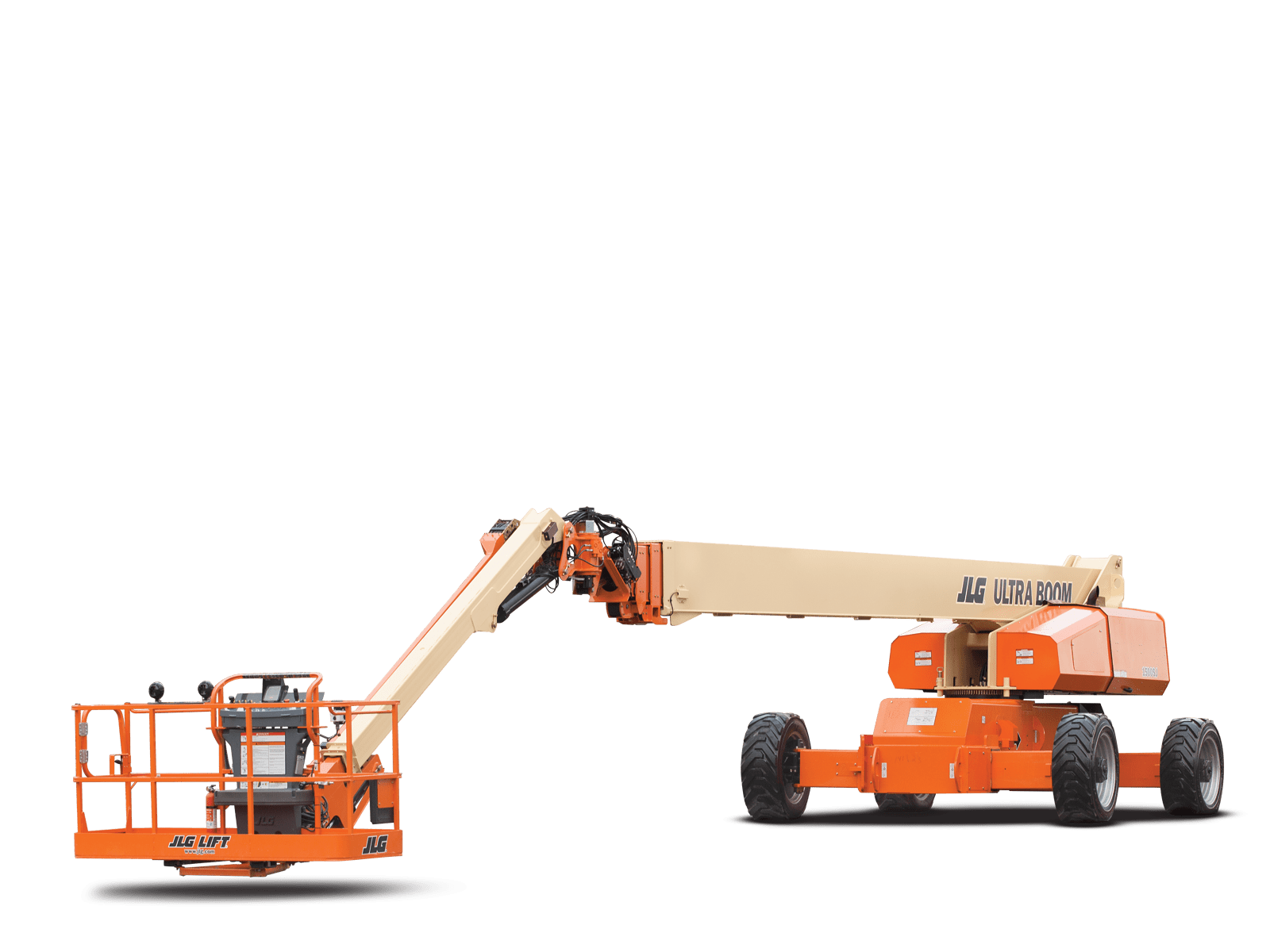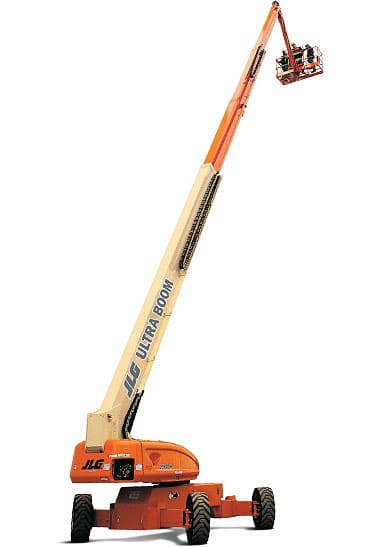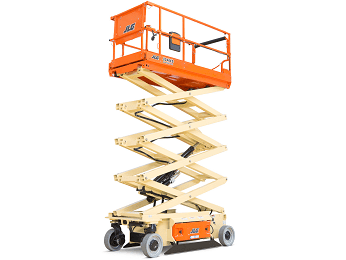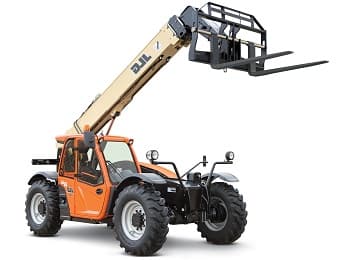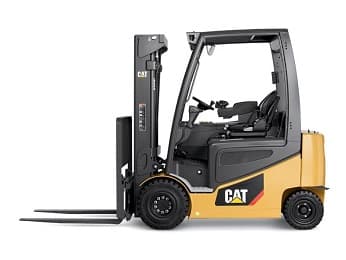Straight Boom Lift Rentals
JLG Brand Only! With the largest working envelopes in the industry, best reliability in its class, and a proven safety record our booms will help you get the job done!
Straight Boom Lift Frequently Asked Questions
What is a straight boom lift?
What are the different types of straight boom lifts?
What is the working height of a straight boom lift?
What is the maximum weight capacity of a straight boom lift?
How do I operate a straight boom lift?
What are the safety measures to be taken while using a straight boom lift?
Can a straight boom lift be used indoors?
What are the advantages of using a straight boom lift?
How does a straight boom lift differ from an articulating boom lift?
How does a straight boom lift differ from a scissor lift?
What are the main features to look for in a straight boom lift?
Straight Boom Lift Articles
- Scissor Lift vs Boom Lift: the Differences
If you're working in construction or other industries where you need to work at height, you've likely heard of scissor lifts and boom lifts. Both pieces of equipment are aerial platforms that allow workers to safely perform jobsite tasks at levels of height, but many people ask what the differences are between a scissor lift and a boom lift?- 4 Benefits of Straight Boom Lifts
Straight boom lifts are an extremely versatile piece of aerial lift that is used in a variety of industries to help employees complete tasks at levels of height. These include construction sites, warehouses, maintenance work, and contractors of a variety of industries (roofing, HVAC, electrical, plumbing, etc). Known for their straight extendable arm, these machines provide a stable platform for workers to complete jobsite tasks at levels of height.
The Economic Benefits of Straight Boom Lifts in Construction Projects
Construction sites are bustling hubs of productivity, where precision, safety, and efficiency are crucial for success. Among the array of equipment used in these projects, straight boom lifts stand out as versatile assets that offer significant economic advantages. These towering machines, equipped with extendable arms and stable bases, play an important role in increasing productivity, maintaining safety, and cost savings within construction projects. Let's dive into the economic benefits of using straight boom lifts in construction projects, shedding light on their multifaceted contributions to the bottom line.
Other Heavy Equipment Available for Rent
4 Common Industries that Require Boom Lifts
Boom lifts are used in a wide variety of industries and applications, here are just a few of the popular industries we rent boom lifts to:
Construction
Straight boom lifts are extensively used in the construction industry for tasks including building, maintenance, and repair work. These lifts allow workers to access elevated areas safely.. Construction projects often involve tasks like installing structural elements, electrical work, painting, and window installation, all of which may require workers to reach high or difficult-to-access areas. Straight boom lifts offer the necessary height and reach to facilitate these tasks, providing a stable platform for workers to perform their duties.
Maintenance and Facilities Management
General facilities including warehouses, manufacturing plants, stadiums, and commercial buildings often require regular maintenance. Straight boom lifts are required for maintenance tasks like changing lights, repairing HVAC systems, conducting inspections, and accessing high ceilings or roof structures. These lifts allow maintenance personnel to reach heights safely and access elevated spaces without the need for scaffolding or ladders, improving productivity and safety in these job sites.
Film and Entertainment Industry
In the film and entertainment industry, straight boom lifts are commonly used for setting up lighting rigs, camera platforms, and other equipment required for filming. These lifts help cinematographers, technicians, and crew members to position lights, cameras, and rigging at varying heights and angles to achieve desired shots and scenes. The versatility of straight boom lifts is important in this industry as it allows for flexibility in setting up complex shots in both indoor studios and outdoor locations.
Tree Care and Landscaping
Landscaping and tree care professionals use straight boom lifts for tasks including tree trimming, pruning, and maintenance of tall trees or shrubs. These lifts provide arborists and landscapers with a secure platform to reach elevated branches safely, reducing the risks associated with using traditional climbing methods. Straight boom lifts equipped with specialized attachments or platforms are particularly useful for accessing challenging or overgrown areas in landscaping and tree care.
About All Access Services
Serving construction projects throughout Southern California with heavy equipment rentals, we have 3 locations in San Diego, Orange County, and Riverside to serve our clients. Each location carries a fleet of scissor lifts, telehandlers, boom lifts, and forklifts available for rent at affordable rates. We strive to provide the best customer service in the industry and hope to earn your trust and business!
We offer a free quote, please fill out our "Request Estimate" form or give us a call to speak with a representative!

